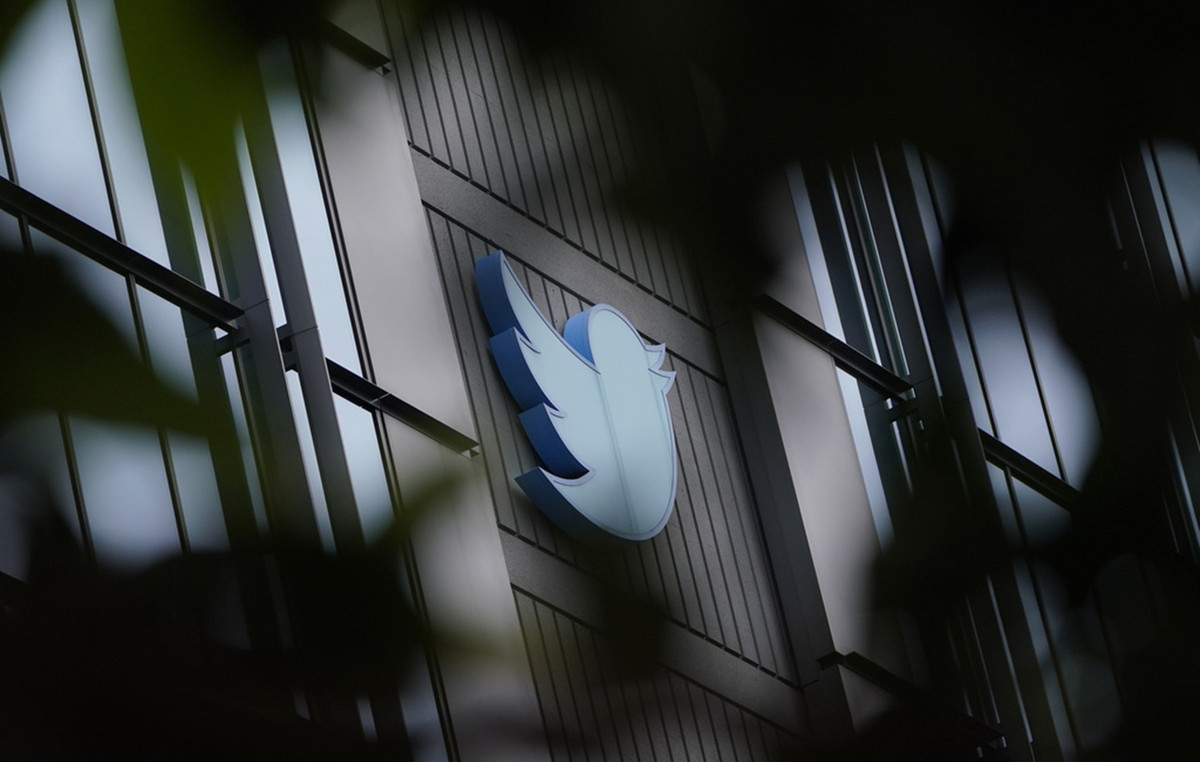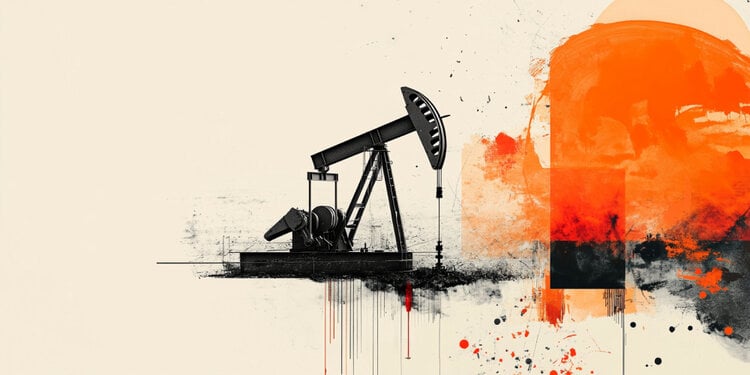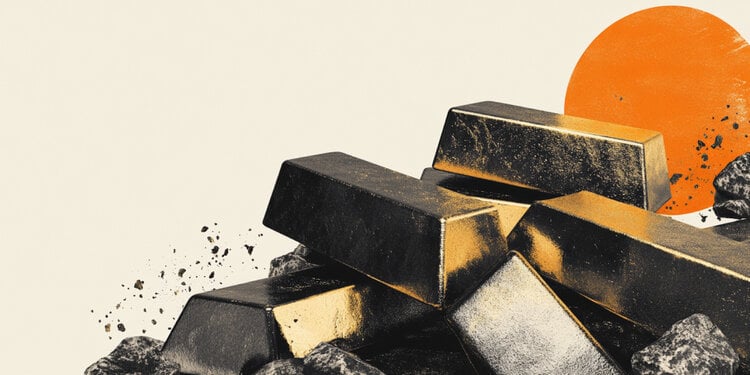On May 14, a luminous phenomenon intrigued residents from various regions of Brazil. The explanation for the celestial show lies in the return of space debris to the earthly atmosphere – an occurrence that, according to the astronomer Ricardo Ogando from the National Observatory, has become increasingly common.
“Events such as what has been seen in Brazil occur a few times a year and are becoming more frequent with the increase in space activities,” he says to CNN .
According to the expert, it is believed that the May event is related to the body of Spacex’s Falcon 9 rocket, launched in 2014. After more than a decade in orbit, it went into the process of decay, until its fragments caused the fragments visible phenomenon .
Oganding explains that such debris are monitored by several countries, as information has strategic value. In Brazil, the Pico dos Dias Observatory located in southern Minas Gerais, has a telescope dedicated to this type of surveillance, in partnership with the Russian space agency.
Environmental impacts are still subtle, but worrying
Most spatial debris disintegrates by reentry in the atmosphere, releasing chemical elements – especially metals – on different regions of the planet. “But it’s something to keep an eye on. The main concern for these debris is a collision between them and an orbit artifact to produce a chain reaction – As seen in the movie “Gravity ” , With Sandra Bullock, ”he warns.
Such a scenario could “destroy several satellites in operation and create such a dense waste cloud that it would make new equipment unfeasible to the space,” points out the astronomer.
In cases of controlled decay, such as the old MIR space station, objects are often directed to the so -called “spacecraft cemetery”, located at Point Nemo – Pacific Ocean Region farther from any firm land . “Concentrating materials there certainly impacts marine life,” he says.
Can Brazil also generate space debris?
According to Ogando, Brazil can also generate space waste. “Any country with spatial activity can produce debris,” he explains. Currently, the main responsible are United States, Russia, China and India. In 2007, for example, China performed a test with a anti -salellite missile which resulted in a significant increase in the amount of fragments orbiting the planet.
Should the population worry?
Although there are international treaties on the topic, stating that “the responsibilities are not always well defined.” Still, it reassures the population: the chance of debris falling in inhabited areas is extremely low .
More worrying cases, however, have already occurred. The astronomer remembers the Russian probe Kosmos 482, launched in the 1970s bound for Venus, which recessed in the atmosphere recently. Being heat resistant, it was afraid that its fragments would reach populated areas. “Fortunately, it seems to have fallen into the Indian Ocean, without visual records,” he says.
Another example is that of Russia’s Kosmos 954 probe, which fell in northwestern Canada carrying radioactive material. “The load was powerful enough to kill a person,” he says, to CNN . Canada organized expeditions for more than a year to locate and collect the remains, and later sent the bill to the Russian government.
Spacex Starship is the most powerful rocket ever built; understand
Can this content originally published in space waste fall into inhabited areas? Understand the real risks on the CNN Brazil website.
Source: CNN Brasil
Charles Grill is a tech-savvy writer with over 3 years of experience in the field. He writes on a variety of technology-related topics and has a strong focus on the latest advancements in the industry. He is connected with several online news websites and is currently contributing to a technology-focused platform.







